
The Havana Studio Where Music Transcended Political Eras Was Quietly Closed After 80 Years
The Havana recording studio that has been called “the cathedral of Cuban music,” a national treasure and one of the oldest working studios in the world, has been stripped and shuttered. Over the months since I first learned this gut-punching news, I’ve been reluctant to say it out loud. And apparently I’m not the only one. As a journalist, I persisted to confirm the details, but at the same time I’ve wanted to quietly hold out hope for the survival of a place I hold so dear in my mind and heart. By now, I’ve spoken to musicians, producers and engineers who have had working relationships with the studio. Most of them preferred to speak off the record, but all of them have told me different versions of the same thing:
The studio is “destroyed.” It’s “in ruins” and “there’s nothing left.”
As subscribers to my Substack know, the story of the pioneering Havana studio is at the center of Cuba on Record, the book that I am writing in serial form about the seminal Cuban record label, Panart Records.
Over my years of research into the story of the forgotten label and its unsung founder, Ramón Sabat, the studio itself has long been, for me, a symbol of triumph over adversity, and simply, of the power of music to connect people. Documenting and preserving its history is now an even more important task, for which I greatly appreciate your support.
Over nearly 80 years, the recording studio on Calle San Miguel in Old Havana has had three lives. It began in the 1940s as the studio for Panart Records. Sabat, a recording engineer trained in New York City, designed its storied rooms himself, gradually converting the rented colonial house into the launching point for Cuban hits that would become known around the world. The studio abruptly entered its second era in the early sixties, when it was taken over by Fidel Castro’s government. Renamed Areito, it become the production headquarters for the new State label Egrem, in its early days an experiment in the creation of a record label in the service of cultural ideology over commerce, and a place where the majority of records made in Cuba would be recorded until the mid-1990s. In 1996, the Buena Vista Social Club album was recorded there, its repertoire of old songs making it an event which would lay down a bridge between the Cuba of "before" and "after."
After Buena Vista, and particularly in the time following the 2014 détente between the governments of Barack Obama and Raul Castro that was the highest point for cultural exchange between the between the U.S. and Cuba since the early sixties, the studio had become a musical tourism destination and the site of recording sessions helmed by international producers.
When I interviewed BBC DJ and producer Gilles Peterson in 2015 about working there, he said the studio was “like walking into the Vatican. There is an incredible feel to it when you go into that room.” That same year, Questlove toured the building during a trip to Havana. In a short documentary of his trip, titled Quest For Cuba, he runs his hands over vintage instruments in the studio with awe and inquires how much it would cost to record there, murmuring, “One day…”
It's unlikely now that day will come, for him or for others who hoped to record there. That includes my own dream of recreating the Panart Cuban Jam Sessions there with the descendants of the original musicians who played on those legendary recordings.
“The studio is completely destroyed,” says Juan de Marcos González, the bandleader who first recorded there in 1977 with his group Sierra Maestra, and years later organized the Buena Vista Social Club session there for Ry Cooder. His usually booming voice was dry when he confirmed for me that the studio is closed and no one is permitted entry or allowed to take photographs of its current condition. The only part of the building that remains open is a small patio where some intimate performances are occasionally being held.
“When I would enter the studio I was proud to say that here is where all of the famous Cuban musicians recorded and that people like Nat King Cole stood there in the same spot where I was standing,” Juan de Marcos said. “You could feel the vibration of everything that had happened there before. It had a magic that comes from so many years of musical fusion. Us musicians, being very spiritual people, could feel that.”
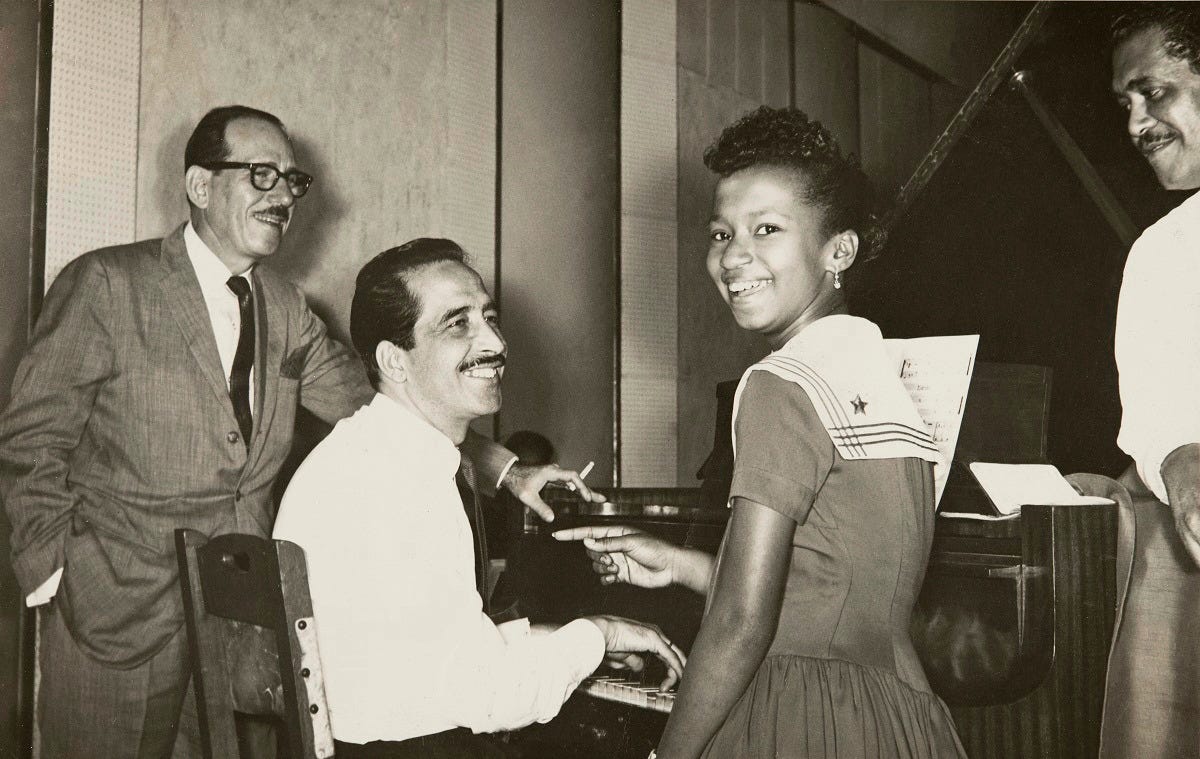
Juan de Marcos, who lives in the United States, last visited the studio in 2019, when he brought the creators of the current Buena Vista Social Club Broadway musical there. Part of the action of that theatrical production is set inside the studio.
At that time, a project was underway to renovate the aged building, which by then was urgently in need of repair. Maintenance had not kept up with the years; back in the 1990s, there was a joke going around about the console operating like it “had been left out in the rain.” In 2015, as reported then on the site On Cuba, the roof was leaking, dripping water on musicians who were recording in the grand upstairs room, and on instruments and furnishings, like the original chairs that still remained there. The immediate solution was to place empty cut-off plastic bottles on the floor to catch the water.
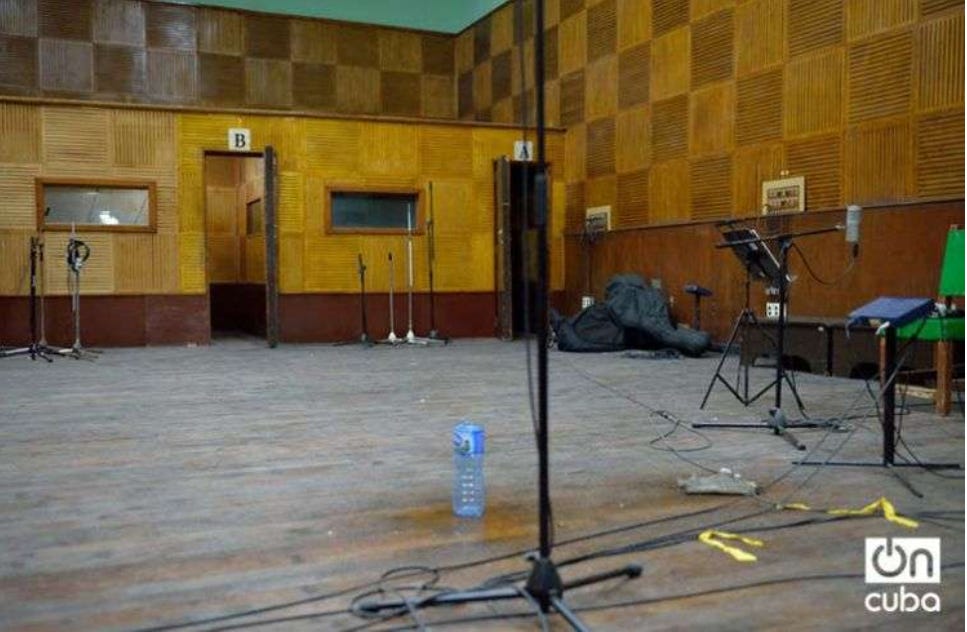
By 2016, the urgency to update the studio was being internationally recognized. Spain’s Radio Gladys Palmera sponsored a new coat of paint and minor repairs like fixing a broken door. In 2017, The United Nations Industrial Development Organization (UNID) issued a report examining “The Case of Cuba: The Music Island,” aimed at developing a strategy for “Strengthening the competitiveness, organizational performance and export capacity of the Cuban music industry.” UNID granted a sum, reported by IQ magazine to be $1.3 million, to the Cuban government to enhance the Cuban music sector and “optimise” the commercialization of Cuban music.
Some of that money was earmarked for the Old Havana studio. One initiative was putting a new console in the building’s Studio 101, which would replace the Neve design Amek Mozart that Buena Vista was recorded with. Working with the Cuban Ministry of Culture, and through the grant from the UNID, London’s KMR Audio supplied and installed a new SSL AWS 948 and Pro Tools HDX rig. KMR engineer Tom Shorter also brought over microphones, outboard converters and monitors.
Shorter, who flew to Havana for the job in 2019, remembers that at the time, the upstairs studio was already pretty much emptied out, ostensibly to facilitate repairs.
In September 2019, a jubilant post with a smiley face touted the new installation of the console on the Egrem Recording Studio Facebook account, announcing that “the restoration is advancing.”
In 2020 there were no more smiley faces. When Cuba shut down for a long period during the pandemic, so did the studio, although some of the renovation could have taken place that year, before it was stopped definitively.
While understanding that the project would be a long haul, I had assumed, given the excitement about the possibility for Cuba’s music at the time and interest from foreign record companies, producers and tourists, that the work would start up again. Others I spoke to thought so too, although there was no further good news.
According to Juan de Marcos , who consulted with witnesses in Havana at my request, the water damage and other deterioration of the building was so extensive that the workers abandoned the job when it was clear that Egrem did not have the funds to complete it. Others have told me a different version of the story, citing an error by the architects contracted to repair the structural damage that made the situation worse: With the danger of the building collapsing, they abandoned the site.
The custom-made wood acoustic panels had been taken off the walls, and the floor where so many musicians had stood had been dismantled.
Some have told me that the panels and even recording equipment were put outside in a trash pile, with some items, like vintage microphones, that were carried home by passersby to decorate their homes. [I do not have proof of this.] The people who I spoke to have been in agreement that the recording archive, which according to Egrem, includes 70,000 pre and post-Revolutionary master tapes, is reasonably safe. Many were digitized when Egrem made a deal with Sony to distribute its catalogue in 2015. But others, according to a Sony Spain executive, were not salvageable. They crumbled.
In February 2021, Egrem studio employees again contacted KMR’s Shorter, this time for long-long-distance help in moving the SSL AWS 948 that had been installed with such fanfare to a different location, in Egrem’s newer Studio 18 in Havana’s Miramar neighborhood. That replaced a faulty AWS 924 there, leaving the decomissioned Old Havana studio without a console.
Last month, I spoke by phone to Jorge Rodríguez, the Havana producer and industry executive whose name has long been synonymous with Egrem.
“I’ve spent many years in that studio,” he told me. “The best years up until now.”
He confirmed what I had heard about the studio closing down, but said he hoped a solution would be found and it would not be permanent. “It is in the renovation phase,” he said, adding that a budget for the repairs to restore the studio to working condition had been drawn up, and some people outside of Cuba had been approached for possible investment in the project.
A proposal for restoration of the studio, from 2021, can be found on the Cuban Ministry of Culture’s website, in the “business opportunities” section. The project “seeks the architectural rescue of the building, the technological resuscitation of the recording studio, and the creation of an interactive suite.” Also included in the proposed budget would be spaces for recording of music videos, the implementation of tours for visitors and a program of workshops and conferences. Once the work is completed, the studio would offer recording and mixing services for foreign clients.
The necessary investment as proposed in the document is $21,000,000 in U.S. currency. It states that none of that money will come from the Cuban government; it will rely on foreign funds. Which so far have not been forthcoming.
“I don’t see a clear light,” Rodríguez said.
“I’d like to believe it’s not beyond salvation,” one Cuban producer who lives outside of Cuba told me. “However, Cuba is on a different level now, and that might very well be the case [that it can’t be saved.] Its condition reflects, unfortunately, the broader deterioration affecting many parts of the country, from historic landmarks to even vital services like hospitals.”
Juan de Marcos concurs. “They say they´ll fix it, but with the conditions in Cuba is in now in, where there is a lack of food, of gasoline…it’s not possible. So we’re going to lose this place. In any case we have to have hope. But I can say that for now the studio is completely screwed.”
Juan de Marcos González with fellow musicians in the studio in 2019.
Read more and to more about about Panart Records and the history of the studio:
In Brief: The Story of Panart Records in 20 Songs
A brief history of twenty songs recorded in the Panart studio that marked the path of Cuban music. Read and listen!
Prologue: El columpio de la vida/On the Swing of Life
Even the melancholiest bolero could not have expressed the depth of Julia Riera Sabat’s despair during a time so lonely that she would give it a name: The heartbreaking year of 1961.
Chapter One: Daiquiri Musical
A billboard over Times Square urging New Yorkers to "Go Latin from Manhattan" prompted passersby in the workday mass below to hold on to their hats as they craned their necks expectantly to the sky: Cubana Airlines had just announced that its inaugural non-stop service from New York to Havana would take off on May 13, 1956.
Chapter Two: One, Two, Three Kick
The latest installment of my book Cuba on Record takes place in Harlem in the 1930s. Down on his luck in the Depression, things look up when the future Panart Records owner Ramón Sabat gets a job at a Spanish theater in Harlem, then takes over the floor show at a low-rent Cuban fantasy called the Cubanacan club. Latin music percolates in New York as the Caribbean population explodes. Sabat works with Cuban and Puerto Rican musicians and meets a cast of characters that include Xavier Cugat, Bill “Bojangles” Robinson, Rita Hayworth and members of the New York underworld; he even gets his Hollywood break.
Chapter Three: Cuban Rhythms
In the latest chapter of my book Cuba on Record, about the first and forgotten Cuban record label, future Panart Records founder Ramón Sabat finally becomes a card-carrying audio engineer, recording for one of the most innovative independent labels in New York. A trip to Havana in 1941 to record a set of 78s lays the path for his destiny. Featuring Eliseo Grenet, Lead Belly, Leonard Bernstein, Jorge Negrete, Chano Pozo…
Before Buena Vista: The Early Versions of "Social Club" Songs
"There's a trance you get into [with traditional Cuban music] and it feels good like drugs or liquor or cigars,” Ry Cooder told me during an interview in 1998. “It's hypnotic. The thing about Cubans is that they're not bound up, they're really released in a good way. These songs are like Persian miniatures in ivory, perfectly detailed stories about feeling good, and being kind of greasy and horny all the time."








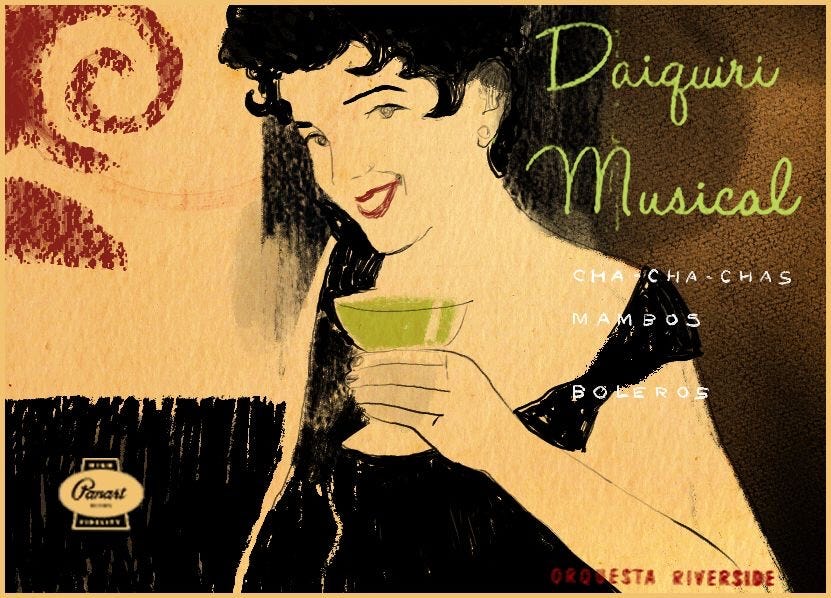
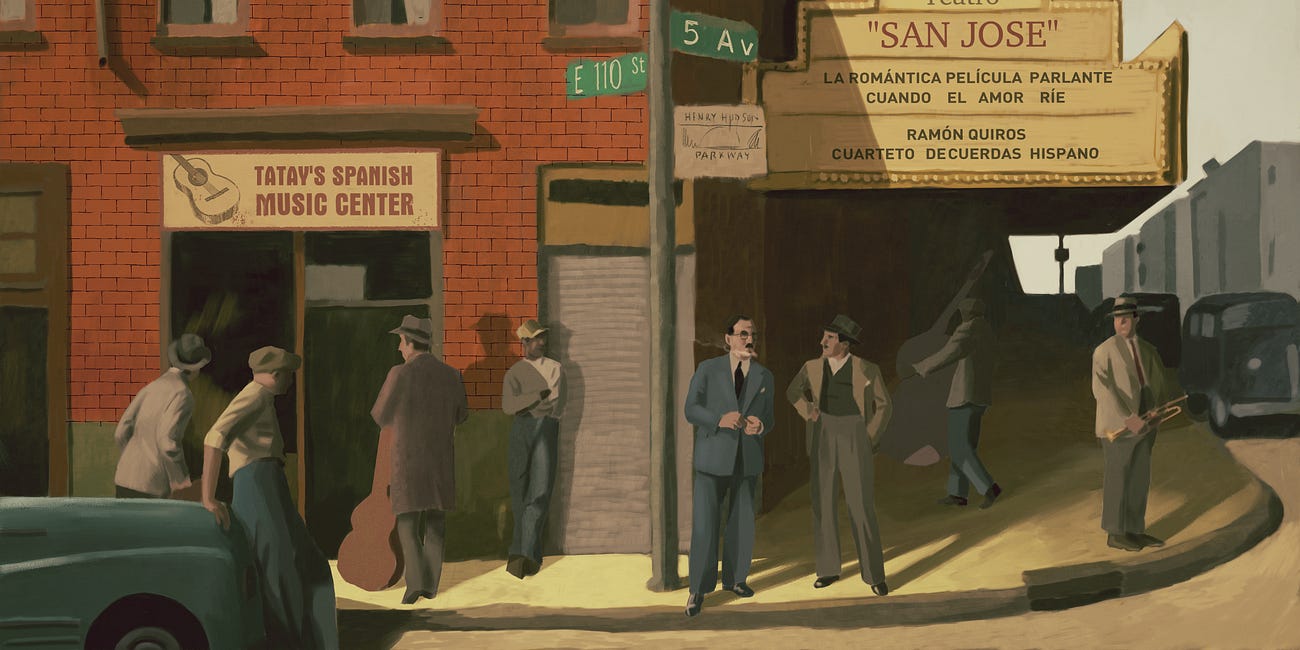

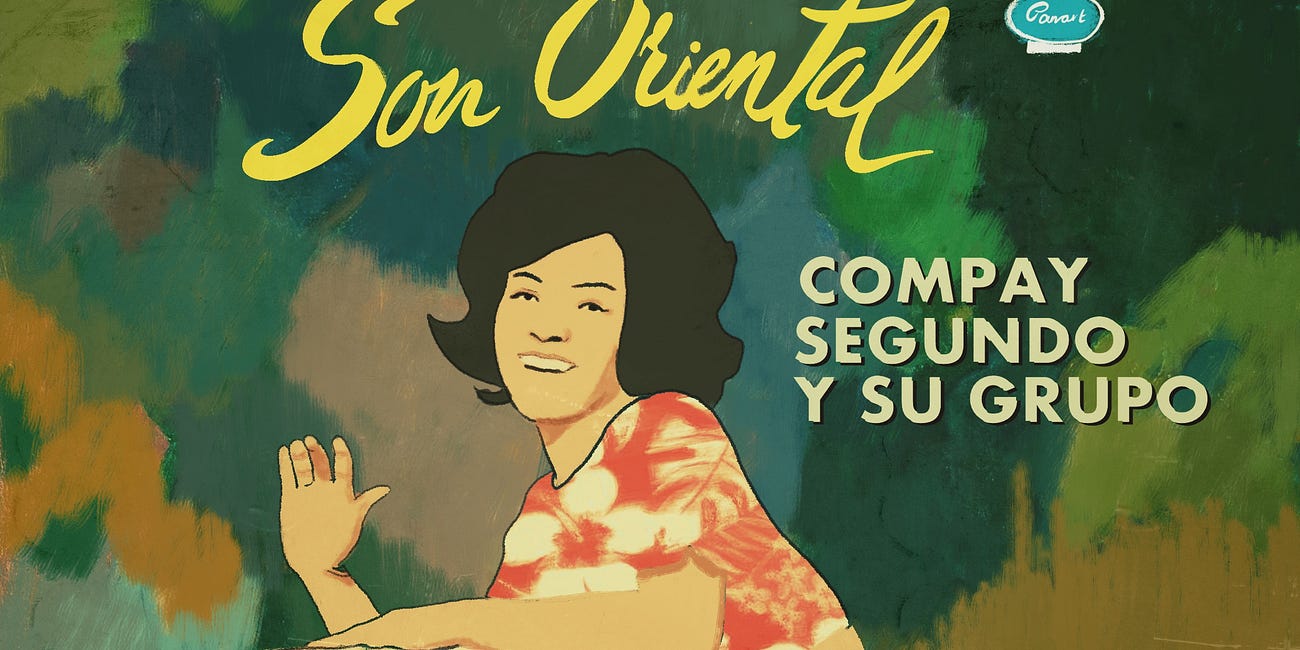
This is a shocking state of affairs. What can be done to turn it around?
Your book couldn't be more important now! Thanks for helping keep a lot of these important pieces of music history alive.